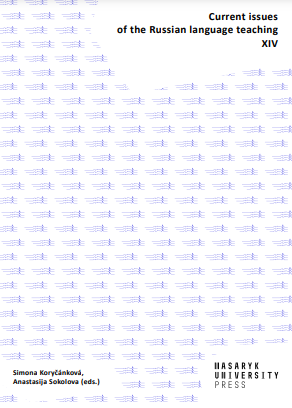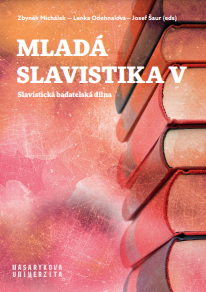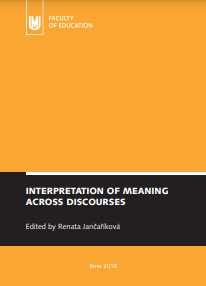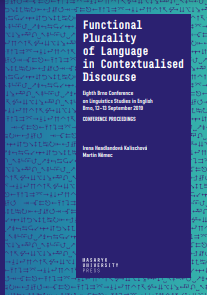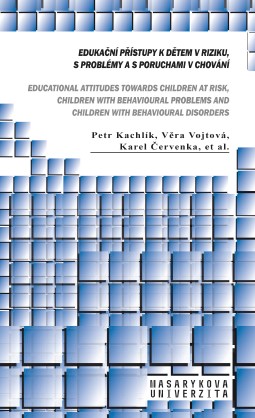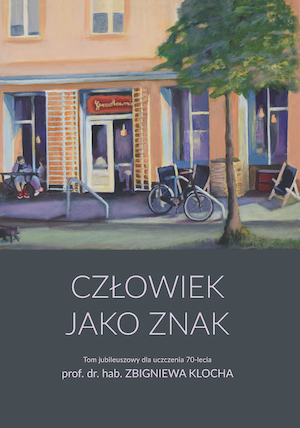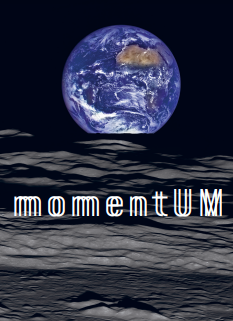
„Za socialistické vlastenectví a proti buržoasnímu kosmopolitismu.“ Nebezpečí kosmopolitismu, nedostatky, krize a náprava prizmatem české hudební publicistiky v letech 1948 až 1959
Období let 1948-1959 zastupuje vcelku kompaktní vývojovou etapu. V situaci po převzetí moci „pokrokovými silami“ v čele s Komunistickou stranou Československa, tj. po evidentním totalitním puči, byť provedeném formou řešení parlamentní krize, vystoupil do popředí problém prosazení socialistické linie kulturní politiky na co nejširší společenské základně.
More...
